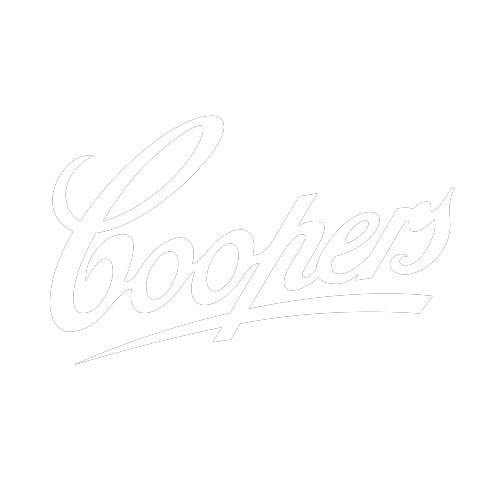Diena Georgetti
The Humanity of Abstract Painting 1988–2008
18 October–29 November 200818 Oct–29 Nov 2008
This is the first survey exhibition of Brisbane painter Diena Georgetti’s elusive work.
Georgetti achieved considerable critical attention when her blackboard paintings were first shown at the IMA in 1989, and subsequently at the 1992 Sydney Biennale. Soon after her work took an abrupt turn, as she followed up with a series of orientalist paintings, marked by their modest scale, allegorical possibility, and psychological intensity. More recently she has been producing work co-opting early modernist styles to new ends.
The blackboard paintings were often exhibited in clusters. They featured phrases or words, scrawled, sometimes elegantly, sometimes awkwardly. Georgetti used a lexicon of obscure but suggestive German and Latinate words that resembled English ones. Her expressions seemed freighted with philosophical import. It was hard not to read the texts as self referential, as if inscriptions like ‘Espectral lustro’ embodied what they described. Georgetti’s blackboards also suggest teaching aids, recalling the blackboards of Joseph Beuys. Fellow artist Eugene Carchesio characterised them as ‘a darkened space of thought’ and a ‘poetry of severe purity’.
Georgetti’s more recent paintings look rather different, but are also quasi-metaphysical. Drawing on the collage-logic of synthetic-cubism, she has grafted motifs drawn from an eclectic image-bank—favourite images from art, architecture, fashion and design—into formats inspired by early modern painting. The work is part mannerist, part hobbyist, part idealist, like someone’s idea or fantasy of modern art. She forges a personal utopia from fragments of style she personally discovered, elected, identifies with, and invests in. Or, as she puts it: ‘In the residence of Rudolph Schindler, his colleagues and their wives, I invite myself to warm wine and communal sex . . . In living a parallel existence with these modernists, and all they have gifted me, I am provided more familial relevance than any blood or gene.’
Curated By
- Max Delany and Robert Leonard






